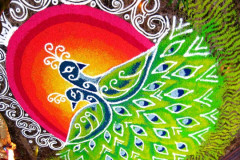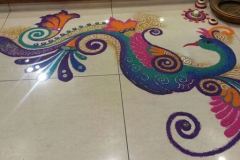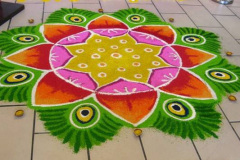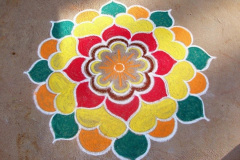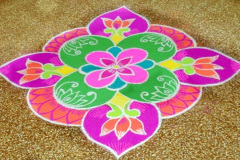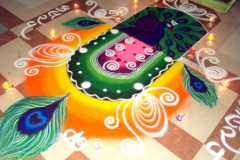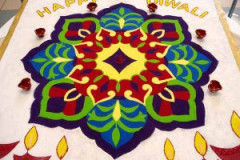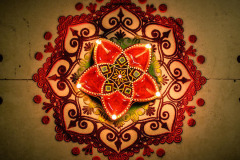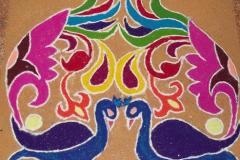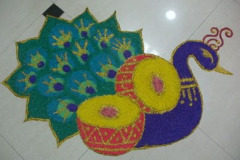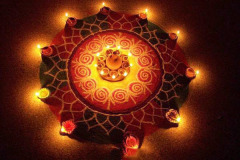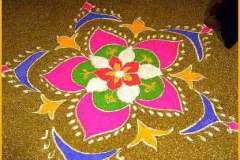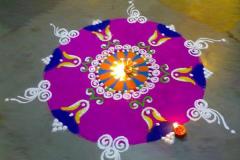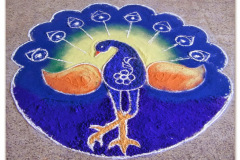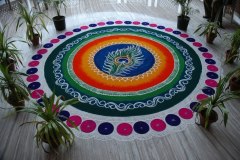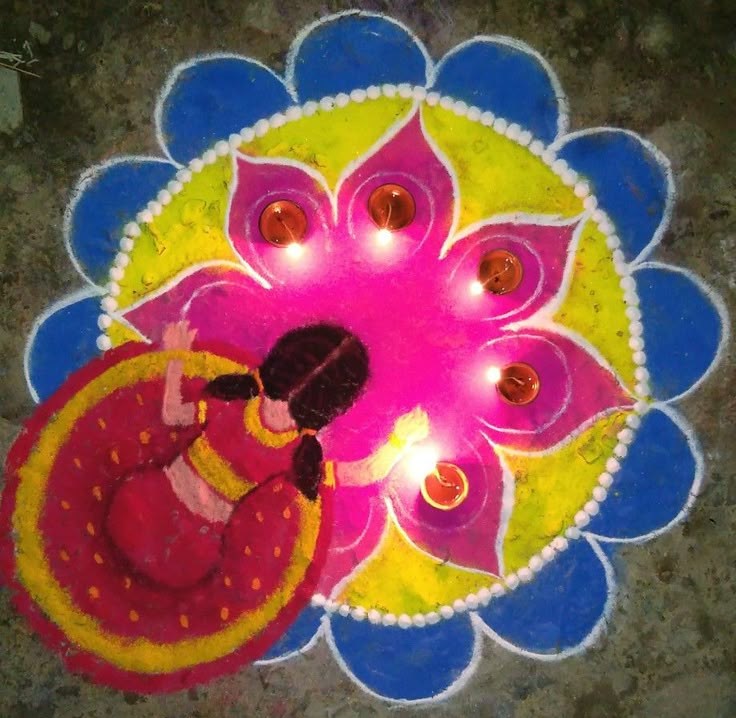
Rangoli Designs for Diwali
Table of Contents
Rangoli Designs for Diwali Celebrations: A Colorful Tradition
Diwali is a most famed festivals in India it’s a carnival of lights. One of the most cherished traditions during Diwali is draw Rangoli—a colorful and intricate floor decoration made using powders, flowers, or grains. These vibrant designs not only enhance the festive atmosphere but are also believed to bring good luck and prosperity.
Significance of Rangoli in Diwali
Rangoli designs are further than ornamental art — they hold deep spiritual and artistic meaning. Traditionally make at the entrance of houses, they are believed to invite Goddess Lakshmi, the deity of prosperity and wealth. The beauty of Rangoli reflect harmony, positivity, and happiness.
Popular Rangoli Designs for Diwali
- Traditional Circular Patterns
These include concentric circles and symmetrical motifs that radiate from the center. They’re often filled with bright colors and detailed patterns such as petals, dots, and waves. - Floral Rangoli
Floral Rangoli use fresh flowers like chrysanthemum, roses, and marigolds. It’s fragrant, colorful, and eco-friendly. Flower petals are arranged in freehand or geometric designs, often around a central diya (lamp). - Peacock Rangoli Design
Peacocks are a popular Rangoli theme during Diwali. Their feathers allow for a beautiful play of color and detailed work, making them a favorite among Rangoli enthusiasts. - Lakshmi Footprints
Symbolic footprints of Goddess Lakshmi are drawn from the entry to the puja room. They are usually created using rice flour or white chalk and signify the arrival of prosperity and blessings. - Geometric Patterns
Simple yet elegant, these designs use shapes like squares, triangles, and hexagons. They’re perfect for beginners and can be easily enhanced with dots and curved lines.
Materials Commonly Used
Colored powders (gulal or synthetic Rangoli powder)
Rice flour or chalk
Flower petals
Diyas (oil lamps)
Colored sand or grains
Pulses and lentils for texture and contrast
Tips for Creating Beautiful Rangoli
Choose a clean surface to work on.
Sketch your design smoothly in chalk before applying colors.
Start from the center and work outsider to maintain similarly.
Use stencils or dots as guides if you’re a beginner.
Add diyas or candles to highlight your design at night




